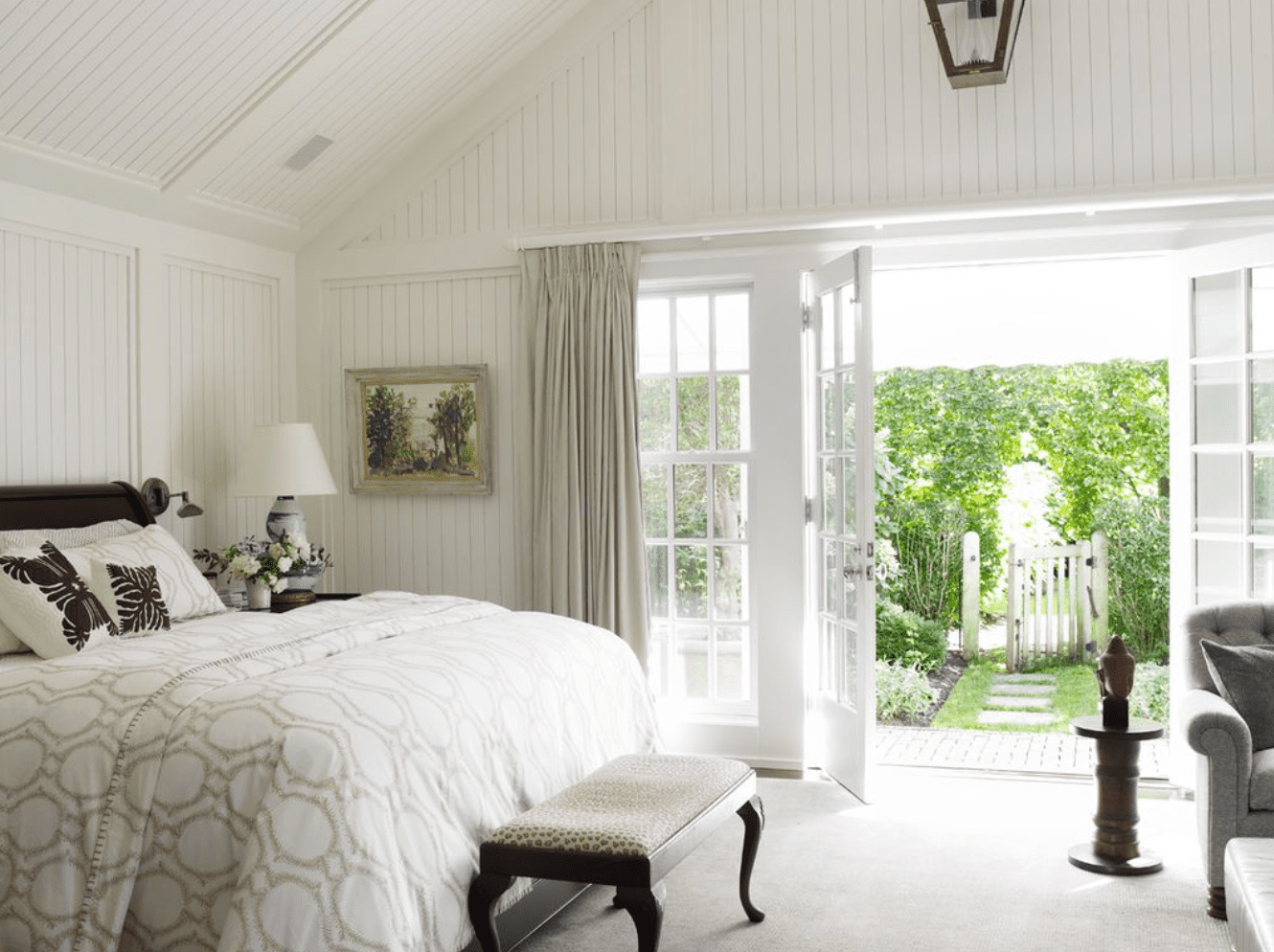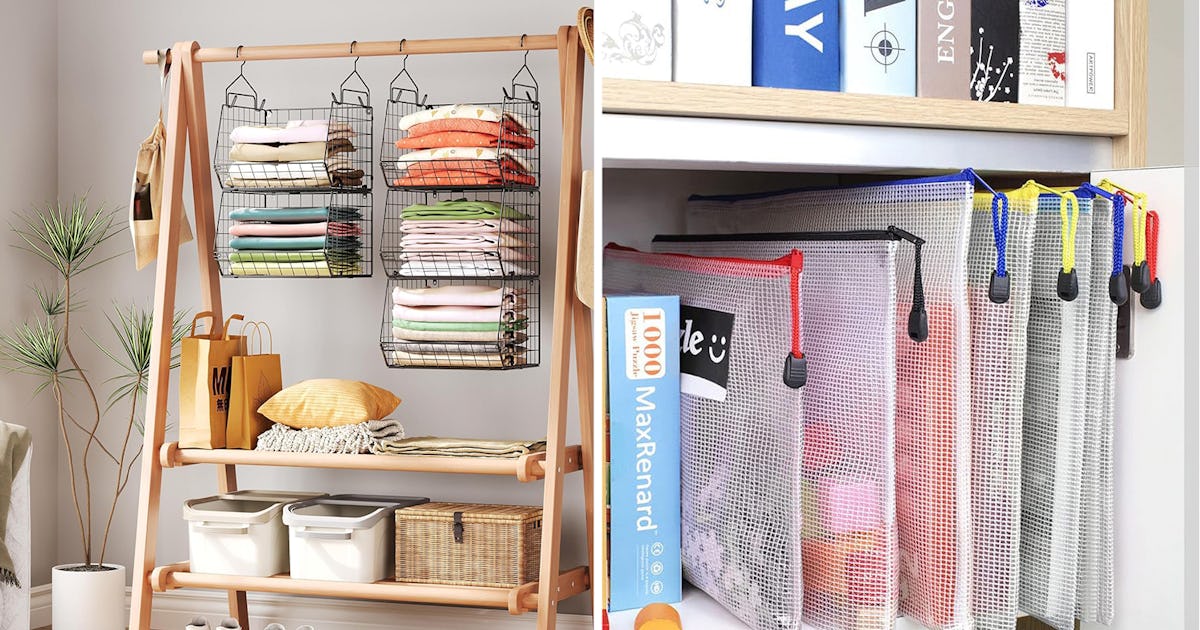
8 Fast-Growing Ground Covers to Plant in Spring for a Lush, Low-Maintenance Garden
Spring is the perfect time to give your garden a visual upgrade by incorporating attractive ground covers. Beyond their beauty, ground cover plants offer various practical benefits, including choking out weeds, preventing soil erosion, maintaining moisture, and more.
If you’re in a hurry to plant these eye-catching and beneficial plants in your garden, you’re in luck. We’ve compiled a list of expert-approved, fast-growing ground covers ideal for spring planting.
- Kathy Jentz, host of GardenDC and author of Groundcover Revolution
- Teresa Watkins, horticulturist and University of Florida master gardener for 24 years
Cranesbill Geranium
Getty Images/Dan Rosenholm
If you’re looking for a stunning ground cover with vibrant colors, look no further than cranesbill geranium (Geranium macrorrhizum). Its Latin name translates to “large root,” and it spreads via an underground root system. “Cranesbill geranium has an exceptionally long blooming period,” says gardening expert Kathy Jentz. “Even when not in bloom, the plant is attractive, and the foliage is fragrant with a rich, spicy scent.” She notes that it shouldn’t be confused with zonal geranium (Pelargonium zonale), an annual plant with a tall flower spike commonly seen in summer window box displays.
- Zones: 4 to 8
- Size: 1 to 2 feet tall and 1 to 3 feet wide
- Care requirements: Full sun to partial shade; well-drained soil
Golden Ragwort
Getty Images
Golden ragwort (Packera aurea) makes a lovely, colorful ground cover, particularly along pathways. “Golden ragwort is adaptable to many situations, making it a great ground cover for an area of the landscape that ranges in sun exposure,” says Jentz, noting that the plant looks good as a shady border or around the margins of a pond. “It does equally well in a sunny or shady perennial bed, as long as it receives adequate moisture,” she says. “The flowers are attractive to bees and butterflies. Like most aster family members, golden ragwort is deer- and rabbit-resistant. It is untroubled by most pests and is practically disease-free.”
- Zones: 3 to 9
- Size: 12 to 24 inches tall x 12 inches wide
- Care requirements: Full shade to full sun; moist soil
Powderpuff Mimosa
Getty Images
For a ground cover well-suited to life in southern zones, powderpuff mimosa (Mimosa strigillosa) is an excellent choice. “This is a ‘pretty in pink’ flowering ground cover that handles the heat of summer and attracts butterflies,” says horticulturist Teresa Watkins. “It’s a favorite for my clients who are going ‘au naturel’ in their landscape.” She notes that it is popular with butterflies and pollinators and is the host plant for the little sulphur butterfly (Pyrisitia lisa).
- Zones: 8 to 10
- Size: 6 to 12 inches tall x 18 inches wide
- Care requirements: Full sun; well-drained soil
Creeping Thyme
Getty Images
Another delightfully low-maintenance ground cover that thrives in less-than-ideal soil conditions, creeping thyme (Thymus vulgaris) is an ornamental plant that brings a lot of color to the garden with its vast number of tiny flowers. If you love aromatic ground covers, creeping thyme will be a splendid addition to your landscaping.
- Zones: 4 to 9
- Size: 6 inches tall x 18 inches wide
- Care requirements: Full sun; well-drained soil
Pachysandra
Pachysandra (Pachysandra procumbens) is quite stunning when allowed to grow as a ground cover and then manicured to match the confines of the landscape. Some gardeners cut graceful curves around trees and along edges of walkways and garden bed borders. “This is definitely a plant to add to the shade garden plant palette,” says Watkins. “It’s a spreading ground cover with fragrant white flowers and lush, bluish-green leaves. It’s native to the Southeast and not as aggressive as the original Japanese pachysandra, but grows quickly and gets dense,” she says.
- Zones: 5 to 9
- Size: about 8 inches tall x 12 inches wide
- Care requirements: Shade; moist, slightly acidic soil
Silver Ponysfoot
With so many greens in nature, sometimes it helps to mix in other subtle shades, and silver ponysfoot (Dichondra argentea ‘Silver Falls’) can aid you here. “One of my favorite colors to use in the landscape—gray!” says Watkins. “The gray foliage goes well with various shades of green, blue, and white.”
She notes that silver ponysfoot is also popular as a hanging plant or in a container where the leaves are permitted to spill over the sides. “But I use it as well for a ground cover in medium-sized beds with burgundy-foliaged shrubs, like loropetalum or ‘Little John’ azaleas,” she says.
- Zones: 9 to 10; certain varieties are tolerant to slightly colder regions
- Size: About 12 inches tall x 24 to 36 inches wide
- Care requirements: Full sun; well-drained soil; don’t overwater
Creeping Phlox
Jennifer Yakey-Ault / Getty Images
Creeping phlox (Phlox stolonifera) is a lovely, low-maintenance ground cover that provides ample amounts of purple, pink, and white flowers. It loves having plenty of space to creep and spread throughout your garden. Creeping phlox is a great choice for edging, rock walls, or slopes and will brighten any garden with its abundance of cheerful pastel blooms.
- Zones: 3 to 9
- Size: 6 inches tall x 24 to 36 inches wide
- Care requirements: Full sun; well-drained soil
Strawberry
Getty Images
While strawberries (Fragaria × ananassa) might not be the first thing that comes to mind when thinking about ground covers, this edible plant is worth consideration. Strawberries love to grow and sprawl in the garden and can make an effective ground cover while providing you with delicious springtime fruits. It’s a win-win!
- Zones: 4 to 9
- Size: About 8 to 12 inches tall x 12 to 24 inches wide
- Care requirements: Full sun; well-drained soil; don’t overwater










